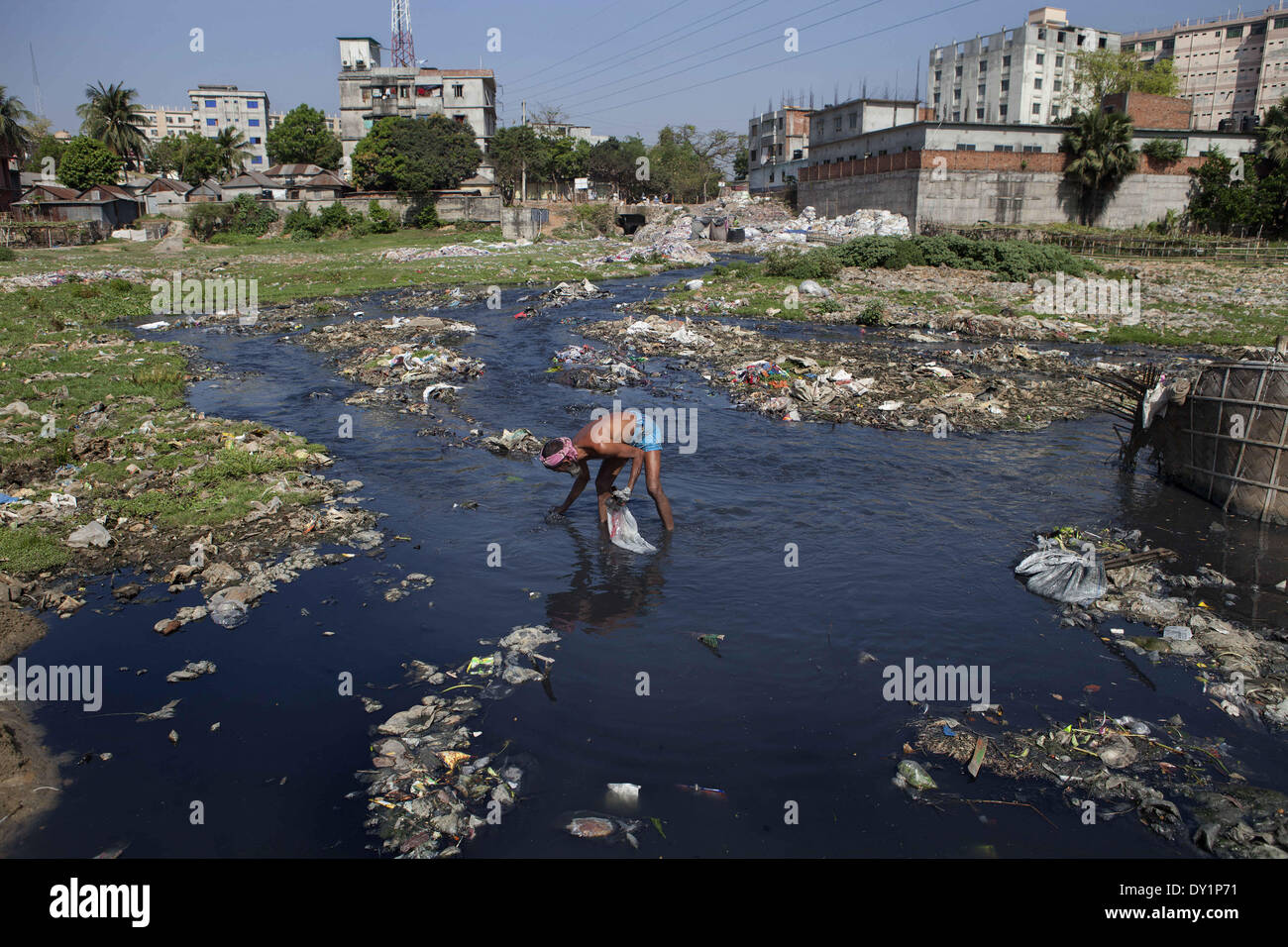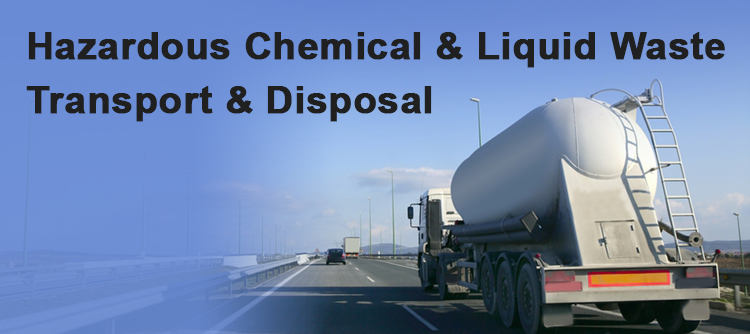How Liquid Waste Disposal Works: A Comprehensive Summary of Methods and Technologies Employed

Introduction of Fluid Waste Kind
The intricacy of fluid waste kinds requires an extensive understanding of their characteristics and effects for disposal. Fluid waste can extensively be classified into numerous kinds, consisting of commercial, metropolitan, farming, and harmful waste. Each classification exhibits unique properties, needing details management strategies to minimize ecological and wellness dangers.
Industrial fluid waste originates from making processes and commonly includes a series of contaminants, such as heavy metals, solvents, and natural substances. Municipal liquid waste, primarily making up wastewater from homes and business establishments, contains organic issue, nutrients, and pathogens (industrial wastewater treatment). Agricultural fluid waste, including drainage from ranches, might contain fertilizers, pesticides, and pet waste, posing risks to water high quality and environments
Unsafe liquid waste is defined by its poisoning, reactivity, or potential to create harm. This category consists of substances like acids, bases, and specific chemicals that demand rigid handling and disposal methods. Understanding these diverse liquid waste types is essential for establishing effective disposal approaches and ensuring compliance with ecological regulations. Appropriate category and characterization are important for implementing suitable therapy strategies and decreasing the adverse impacts on public health and wellness and the atmosphere.
Physical Therapy Techniques

Screening is the initial action, where larger fragments and particles are removed from the liquid waste using screens or grates. In sedimentation storage tanks, heavier bits clear up at the base, developing a sludge layer, while the made clear fluid can be additional treated.
Filtering is another vital method that involves passing the liquid via permeable products, such as sand or membranes, to record smaller sized particles. This step boosts the high quality of the fluid, making it suitable for succeeding therapy procedures.

Chemical Therapy Strategies
Chemical therapy strategies are necessary for effectively handling liquid waste, specifically in resolving liquified and colloidal contaminants that physical approaches may not effectively remove. These methods utilize various chemical agents to counteract, speed up, or change dangerous compounds right into much less damaging kinds.
One typical method is coagulation and flocculation, where chemicals such as alum or ferric chloride are included in promote the aggregation of suspended particles. This procedure enhances sedimentation, enabling simpler elimination of the resulting sludge. Furthermore, oxidation processes, employing agents like chlorine or ozone, are employed to damage down complicated organic compounds and microorganisms, making the waste much safer for discharge or additional treatment.
Neutralization is one more important technique, which changes the pH of acidic or alkaline waste streams to neutral degrees, avoiding prospective harm to downstream systems and the environment. Furthermore, advanced oxidation procedures (AOPs) utilize combinations of oxidants and ultraviolet light to weaken consistent pollutants, achieving a higher degree of therapy efficiency.
Biological Treatment Procedures
Biological treatment processes play an essential function in the monitoring of liquid waste by using microbes to disintegrate raw material and minimize pollutant levels. These processes can be broadly categorized right into cardio and anaerobic therapies, each utilizing certain microbial neighborhoods to achieve efficient waste destruction.
Cardio treatment involves using oxygen to facilitate the malfunction of organic materials by germs. This process is typically applied in triggered sludge systems, where oygenation containers give a favorable environment for microbial growth, causing the oxidation of organic toxins. The resultant biomass can be separated from dealt with effluent via sedimentation.
In contrast, anaerobic treatment takes place in the lack of oxygen, relying upon various bacteria to break down organic matter. This technique is particularly beneficial for high-strength waste, as it creates biogas, a renewable resource source, while lowering sludge production. Technologies such as anaerobic digesters are often utilized in community and commercial applications.
Both anaerobic and cardio biological treatments not just lessen the environmental influence of fluid waste but likewise promote source healing, making them essential components of lasting waste administration approaches. Their effectiveness, versatility, and efficiency support their extensive implementation throughout numerous sectors.
Emerging Technologies in Disposal
Ingenious methods to liquid garbage disposal are quickly developing, driven by innovations in innovation and an enhancing check this emphasis on sustainability. Amongst these arising innovations, membrane layer bioreactors (MBRs) have actually obtained traction for their ability to integrate organic therapy with membrane layer filtration, causing high-quality effluent that can be recycled in various applications. MBRs make it check out here possible for smaller sized impacts and much more efficient procedures contrasted to conventional systems.
Another appealing development is using anaerobic digestion incorporated with nutrient recovery innovations, which not just treats fluid waste but likewise creates biogas and recovers valuable nutrients like nitrogen and phosphorus. This twin advantage boosts resource performance and reduces ecological influence.
Furthermore, progressed oxidation processes (AOPs) are being adopted for the degradation of complicated natural pollutants. These approaches use effective oxidants and catalysts to break down contaminants at the molecular level, using a very effective option for difficult waste streams.
Additionally, the assimilation of man-made intelligence and maker understanding in waste management systems is maximizing operational efficiency additional info and predictive upkeep, bring about minimized costs and enhanced ecological conformity. These technologies mirror a significant change towards even more lasting and effective fluid waste disposal techniques.
Conclusion
In verdict, efficient fluid garbage disposal requires an extensive understanding of numerous techniques and technologies. The integration of physical, chemical, and biological treatment techniques ensures the reliable monitoring of diverse waste kinds. In addition, the introduction of cutting-edge technologies boosts therapy efficacy and promotes sustainability in waste administration methods. By continually advancing these methods, it ends up being possible to resolve the growing obstacles associated with liquid waste, ultimately adding to environmental management and resource recovery.
Liquid waste disposal is a crucial element of environmental management, requiring a comprehensive understanding of numerous techniques and modern technologies tailored to different waste kinds. Liquid waste can generally be classified right into several kinds, including commercial, local, farming, and unsafe waste. Agricultural liquid waste, including overflow from farms, may contain plant foods, pesticides, and pet waste, posing threats to water quality and environments.
Numerous physical treatment techniques play an essential role in taking care of liquid waste properly - industrial wastewater treatment.In final thought, reliable fluid waste disposal demands a comprehensive understanding of various methods and technologies